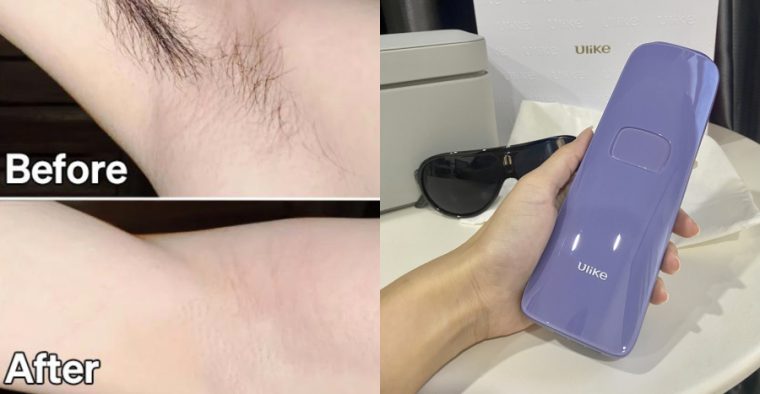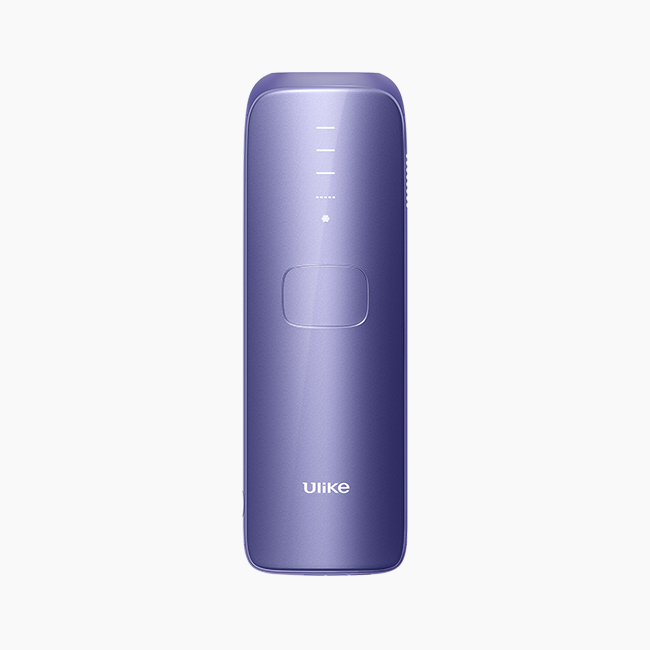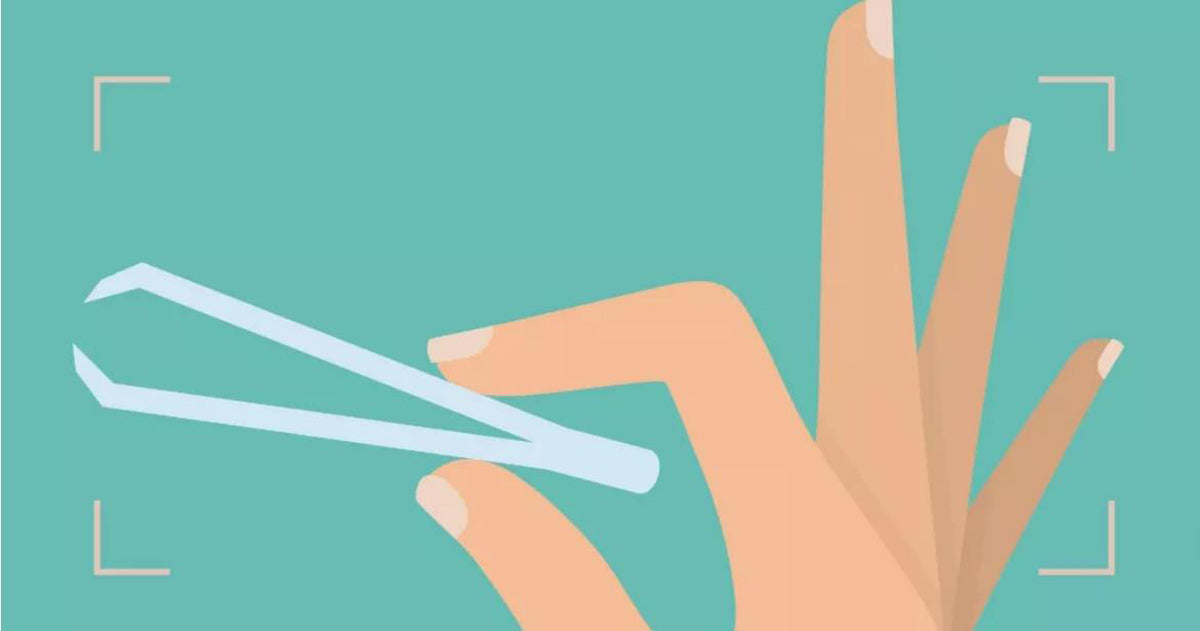
Laser hair removal is assumed as the long-lasting method for getting rid of unwanted facial and physical hair around the world. People suppose that once they get laser, they are done with the hair and would never need to touch a hair removal tool again. However, this is not the case unfortunately. If you met someone who got a laser in real life, you’d know that he/she has to get follow-ups and the hair grows back on the body even after the treatment is completed.
Therefore, there are limitations to the duration of the results of laser hair removal. We will discuss those limitations in this article. Also, let us find out the answer to how long laser hair removal lasts, what can you expect from it, and how can you improve its results here.
Table of Contents:
- Part 1: What is Laser Hair Removal? How does it work?
- Part 2: How Does it Relate to the Hair Growth Cycle?
- Part 3: How Many Sessions Do I Need?
- Part 4: Am I the Right Candidate for Laser Hair Removal?
- Part 5: How Long Does Laser Hair Removal Last?
- Part 6: Which Factors Impact the Results of Laser Hair Removal?
Part 1: What is Laser Hair Removal? How does it work?
Laser hair removal is a non-invasive medical procedure that is based on using low wavelength and high energy radiations to destroy the hair follicle. The wavelength of light used is 600 nm to 1200 nm. It targets unwanted hair by destroying its follicle with heat. This phenomenon has been explained in a chapter published in Science Direct [1].
 Various types of laser machines including ruby, alexandrite, Nd: Yag, and diode are used to emit the light. In some of the advanced lasers, the wavelength is adjustable and is set according to the hair color and skin tone.
Various types of laser machines including ruby, alexandrite, Nd: Yag, and diode are used to emit the light. In some of the advanced lasers, the wavelength is adjustable and is set according to the hair color and skin tone.
Therefore, laser hair removal is both safe and effective for reducing hair growth on the body and face and it works on most skin and hair colors. Furthermore, the skin becomes smooth, and there is a reduction in the risk of ingrown hair and strawberry legs.
Part 2: How Does it Relate to the Hair Growth Cycle?
The sessions of laser hair removal can be defined with the stages of the hair growth cycle. It consists of 4 stages or phases, anagen, catagen, telogen, and exogen. In the anagen, laser hair removal is the most efficient. Here, it blocks hair growth from follicles by destroying the blood supply to the roots and finally killing the follicle as determined by multiple studies [2].
Additionally, the laser works best just under the surface of the skin as it vaporizes the hair. The best effect of this vaporization is visible in the actively growing stage of the hair. However, in the other 3 phases of the hair growth cycle, the laser is minimally effective because there is no vaporization of the hair under the surface of the skin.
If we elaborate on the relation of the cycle with the sessions of the laser, it is noteworthy that a fraction of hair is present in each of the 4 phases at a given time. This is why laser hair removal is completed in multiple sessions to catch all hair in anagen.
Part 3: How Many Sessions Do I Need?
There is no hard and set rule of how many sessions of laser you need. Generally, you need at least 3 sessions of laser hair removal for the unwanted hair regrowth to reduce by 20-33%. In the subsequent 3 sessions, you can notice that about 60-80% of the unwanted hair is gone. Furthermore, you will require 3 to 6 sessions to achieve 90-100% results.
This has been concluded in a two-center study [3]. Collectively, 9 to 12 sessions of laser are needed for the best results. However, the number of sessions taken for optimal results is subjective and may not fall within this range.
Part 4: Am I the Right Candidate for Laser Hair Removal?
The candidacy of laser hair removal mainly depends upon your skin tone, hair color, density of hair, and presence of contraindications. If your skin is light and your hair is dark and thick, you are the perfect candidate for a laser. In addition, people with dark skin and red or blonde hair can get lasers as well thanks to the advancement in science. However, lasers do not work well for gray or white hair.
Furthermore, the contraindications of laser hair removal include active herpes infection, pregnancy, skin cancer, and keloid scars should wait until their condition is resolved before starting their laser treatment.
Part 5: How Long Does Laser Hair Removal Last?
The longevity of laser hair removal varies from person to person and from one part of the body to the other. On average, people have reported hairlessness that lasted for some months to a few years once they were done with the treatment. This is stated in an article by the American Academy of Dermatology Association [4].
Even during this period, some people noticed the growth of fine and sparse hair on areas like the chin, neck, legs, and arms. And they had to go for yearly touch-up sessions to maintain the results.
Moreover, there was no regrowth on the face, stomach, and armpits even after 10 years in other patients showing that you cannot definitely say how long a laser can last. Lastly, in rare cases, there was a hair growth spurt in the area of the body lying close to the area that is actively treated. This condition is called paradoxical hypertrichosis.
Part 6: Which Factors Impact the Results of Laser Hair Removal?
The duration of the results of laser hair removal is affected by the following factors.
- Natural regrowth: New hair follicles can develop as the time passes. And it results in natural hair regrowth.
- Hormonal status: Laser hair removal might need more touch-ups in women with PCOS, obesity, and other hormonal changes like pregnancy; this is because estrogen stimulates the follicles strongly.
- Skin tone and hair color: Laser is most effective when there is a clear contrast between the skin and hair pigment. If this contrast is less, hair might grow back sooner as the follicles are not completely killed.
- The damage to the hair follicle: Laser either completely destroys the follicle or only damages it. The destroyed follicle does not produce hair while the damaged follicle can give rise to fine hair.
FAQs
1. Is Laser Hair Removal Uncomfortable or Painful?
Unfortunately, laser hair removal can be both painful and uncomfortable. Laser hair removal is done after the application of an anesthetic gel to the treatment area so that your skin becomes numb. Regardless of numbing the skin to reduce the pain, you feel a stinging sensation in the skin with each flash of the laser.
Furthermore, this sensation might not seem a big deal or can make you scream in pain as well depending upon your pain tolerance. Also, the pain threshold increases with successive sessions and you feel less and less pain gradually.
2. Can I Get a Laser Hair Removal Session Every Week to Achieve Results Faster?
Sadly, you cannot get a laser hair removal session for another week for better results. It is neither recommended nor practical. This is because your skin becomes sensitive after each session of the laser and requires at least 2 weeks to heal. Getting lasers too often can damage the skin.
So, you can not put it under the laser too often. Also, check how often can I do laser hair removal treatment. Furthermore, the results of lasers depend upon how many hairs are targeted in their active phase.
You have to sync your hair removal sessions with the hair growth cycle for the best results. Therefore, trying laser hair removal every other week can be harmful as well as useless.
3. What is the Downtime for Laser Hair Removal?
There is little to no downtime for laser hair removal treatments as long as you have followed the preparation and after-care protocol of the laser as mentioned in the laser hair removal guide. Avoiding sun, harsh chemicals, artificial tanning, and anything that might compromise the skin barrier and exclusive shaving is the key during this time.
Therefore, you can return to your routine activities within a day or 2 and need to be careful with your skin for about 2 weeks. Furthermore, if you experience pain, skin redness, swelling, and irritation, you can use painkillers, over-the-counter laser treatment gels, cold compresses, or get consulted with the doctor.
4. What is the Process of Laser Hair Removal in the Clinic?
Before going the to clinic, note that your session of laser hair removal starts at home by shaving the treatment area and cleansing it well. Then you go to the clinic wearing comfy loose clothes to pamper the skin. In the clinic, your doctor applies an anesthetic gel over the skin and waits for 30 minutes before beginning the treatment with a laser probe.
You are also given UV protective glasses to protect your eyes. Once your skin is numb, the doctor marks the area of the treatment and starts flashing the laser with its probe. Each flash targets several hair strands in one go. The whole treatment takes about 30 to 60 minutes depending upon the area. Collectively, you will spend about 2 hours in the clinic.
An Alternative to Laser Hair Removal: Ulike Sapphire Air3 IPL Hair Removal Device
 Now that you know that the results of laser hair removal do not last as long as you assumed and follow-up sessions are required even after you paid a high amount for it, it is time to consider some easy-to-maintain yet semi-long-lasting methods of hair removal.
Now that you know that the results of laser hair removal do not last as long as you assumed and follow-up sessions are required even after you paid a high amount for it, it is time to consider some easy-to-maintain yet semi-long-lasting methods of hair removal.
The good news is that IPL hair removal can be the answer to your needs for self-grooming. In addition, Ulike Sapphire Air3 IPL Hair Removal Device is a device with premium features and exceptional results.
The differences between laser and IPL are explained in IPL vs. at-home laser. Let us focus on what makes IPL hair removal machines better than lasers here.
- While you will be paying over 300 dollars for a single session of laser on one part of the body, the whole kit of IPL costs only $329 and you can use it anywhere you like
- There is no need to travel to a clinic to get hair removal treatment every month when you can achieve salon-like smooth skin at home with IPL
- In contrast to the excruciating pain felt in laser hair removal sessions, Ulike is almost nearly painless and you only feel a little discomfort during the session
- Although IPL hair removal lasts for fewer months as compared to laser, its maintenance is easier. Also, you can do your session whenever you see new hair sprouting.
- Lastly, the downtime, preparation, and post-care of IPL are easier as compared to that of the laser.
Conclusion
Laser hair removal is a procedure consisting of several sessions. There is significant hair regrowth reduction in successive sessions. The sessions are repeated until no hair is left behind. Once you are done with the treatment, you can enjoy complete hairlessness for a while which might be a year or more.
The results are not long-lasting because the hair grows back in patches because of the reactivation regeneration of the follicles. These scanty hairs are dealt with with regular follow-up sessions every year. The results are dependent on several factors that we discussed earlier in this article.
Therefore, make a careful choice after proper research whether you want to invest in this expensive procedure or try a similar method at an affordable cost.







